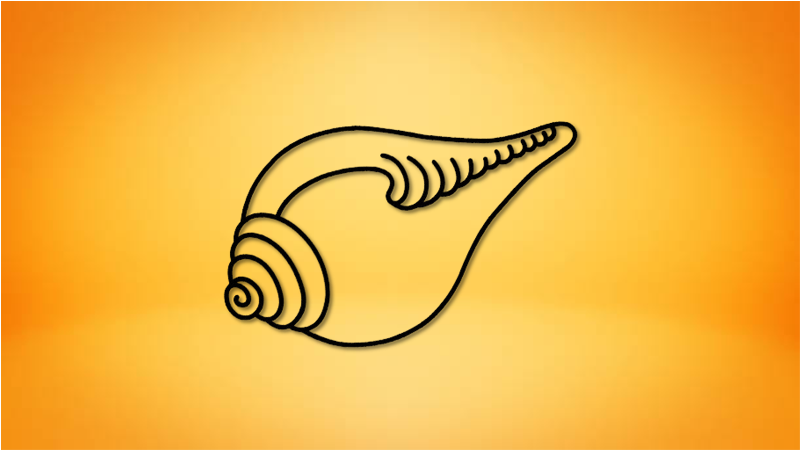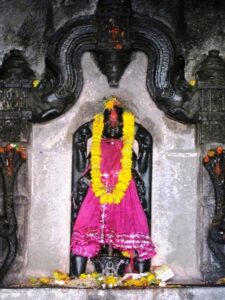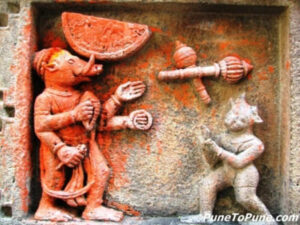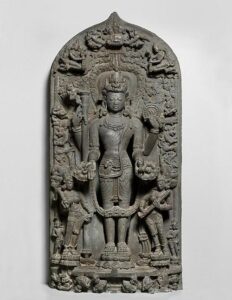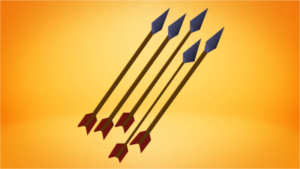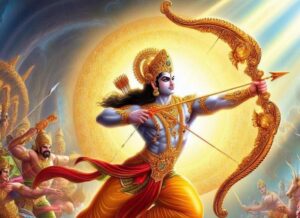
Shankha or Sankha is the conch shell which plays a very significant role in Hinduism. It is seen as a sacred emblem of Lord Vishnu. It is used as a trumpet in Hindu rituals; it was used as a war trumpet in the past. It is seen as a symbol of victory in Vedas.
The conch represented in sculptures is either a plain conch, held in the hand with all the five fingers by its open end or an ornamented one, having its head or spiral-top covered with a decorative metal cap, surmounted by the head of a mythical lion, and having a cloth tied round it so that portions of it may hang on either side.
There are also tassels of pearls hanging on the sides. Curiously enough a Shankha of this description is shown so as to be held between the first two fingers, which is indeed a difficult task to perform. In a few instances, attached to the lower end of the sankha, there is a thick jeweled ribbon which is made to serve as a handle.
Sometimes this ornamental variety of sankha is shown with jewels or flames of fire on the top and the sides.
Some famous Shankhas in Hindu Mythology are:
- Krishna’s conch shell was named as Paanchajanya.
- Yudhishthira’s conch was named as Anantavijaya, meaning “Unending Victory.”
- Bheem’s conch was called Paundra. Paundra means the one which has pundra or marks or lines on it, like Urdhwa Pundra. It may also mean white lotus flower.
- The conch of Arjun was gifted to him by Varuna. During his exile, Arjun prayed to the heavenly Gods and Indra gave him the Gandiva bow and suggested to pray to Lord Shiva for Pashupatastra. Following this, other Devas gave Arjun various gifts. Varuna Deva gifted him the Conch. Hence, it was named as Devadatta, also known as Varuna Shankha, meaning “God Given.”
- Nakula’s conch was named as Sughosa, meaning “one that makes pleasant sound.”
- Sahadeva’s conch shell was named as Manipushpaka, meaning “Jewel Bracelet.”
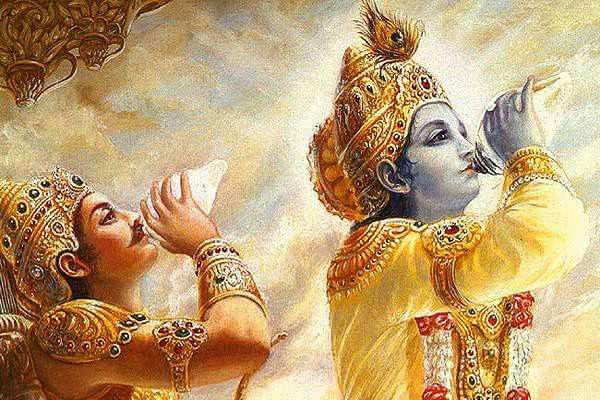 Krishna with Panchajanya
Krishna with Panchajanya

